When we think of survival, having a brain seems like a basic requirement. Yet, the animal kingdom is full of surprises, with many creatures managing just fine without one. Let’s dive into the fascinating world of brainless beings that continue to thrive and adapt against all odds.
1. Jellyfish
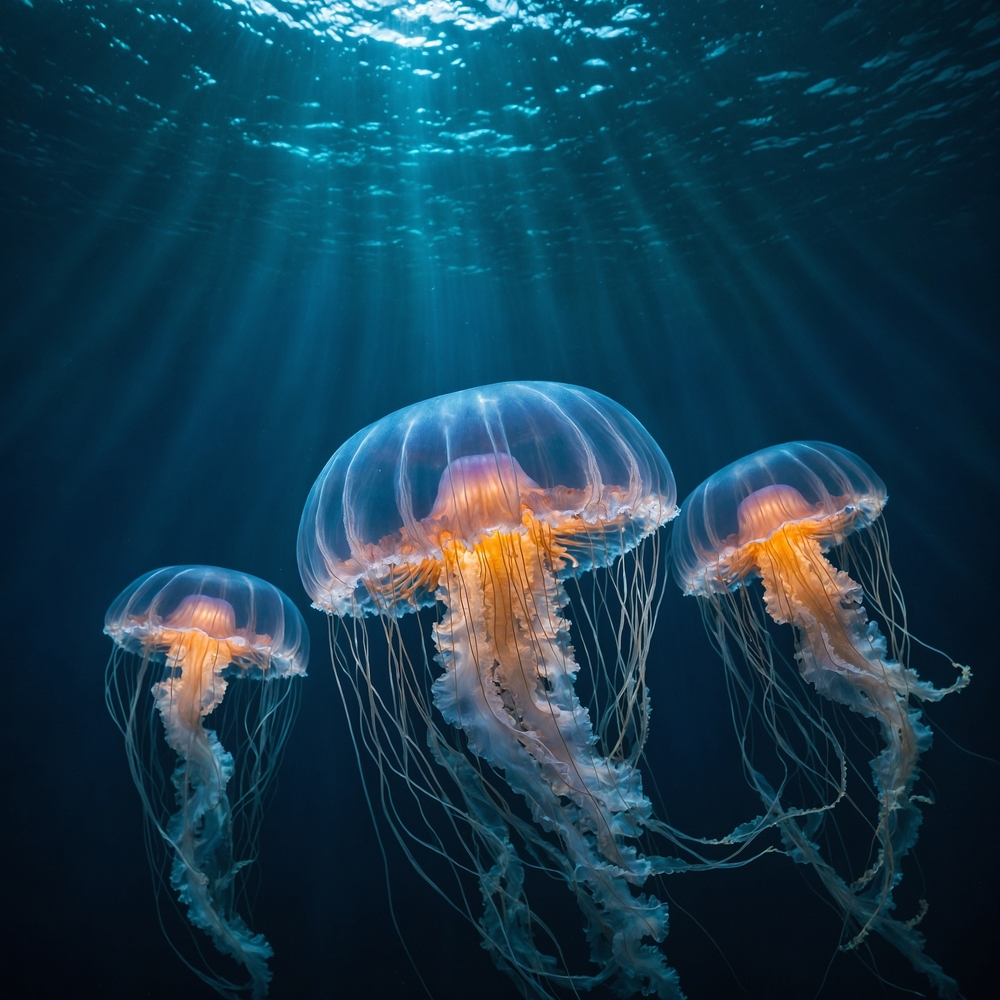
Jellyfish are among the most ancient creatures on Earth, predating dinosaurs by millions of years. Remarkably, they have survived and evolved without a centralized brain. Instead, they possess a simple nerve net that allows them to detect changes in their environment and respond accordingly. This decentralized system enables jellyfish to perform basic functions like moving, hunting, and avoiding danger. According to Dr. Lisa-Ann Gershwin, a leading jellyfish researcher, their adaptability and simple structure have helped them thrive for over 500 million years.
Despite their simplicity, jellyfish can perform some complex tasks, like bioluminescence and even symbiotic relationships with other marine organisms. Their lack of a brain does not limit their ability to navigate through oceans and seas. They use their tentacles to sense prey and currents, allowing them to drift and hunt with efficiency. This lack of centralized control seems to work in their favor, as jellyfish are found in almost every ocean across the world. Their continued success is a testament to the effectiveness of their unique biological systems.
2. Starfish
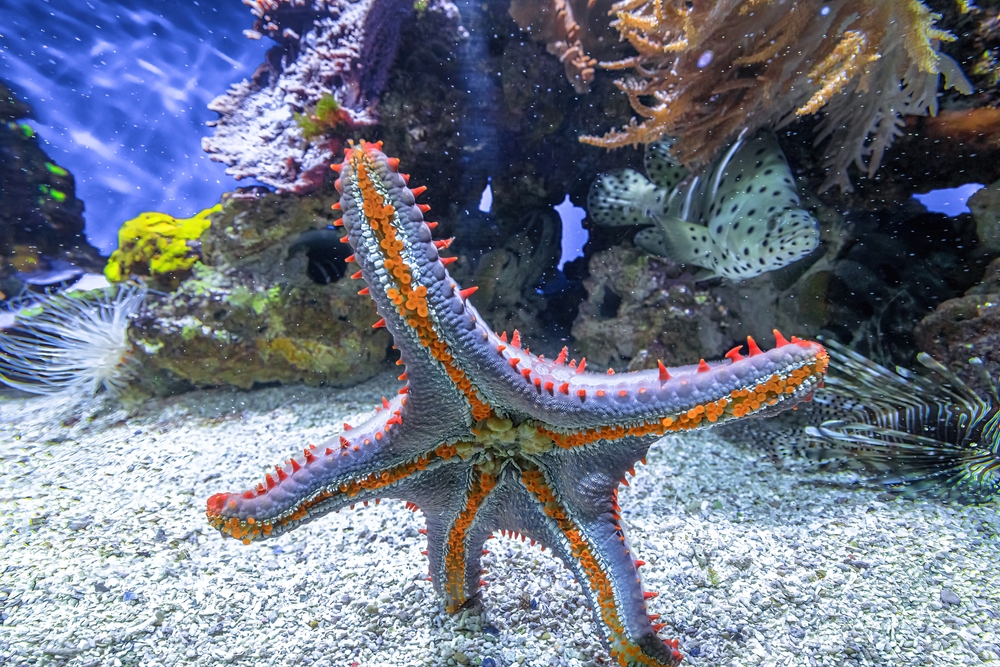
Starfish, or sea stars, are another brainless wonder of the ocean. Instead of a brain, they have a complex network of nerves known as a nerve ring, which helps them coordinate movements. This network allows them to perform remarkable tasks like regenerating lost limbs and moving using hundreds of tiny tube feet. The absence of a brain doesn’t prevent them from being effective hunters either; starfish are able to pry open shellfish and consume them with ease. Their ability to regenerate and adapt makes them fascinating subjects of study in regenerative biology.
Starfish have a unique way of perceiving their environment through specialized cells on their arms. These cells help them sense light, temperature, and even vibrations in the water. Such sensory capabilities guide them effectively through their marine habitats, allowing them to find food and escape predators. Starfish are often seen as symbols of renewal and adaptability due to their regenerative abilities. Their brainless anatomy showcases how diverse survival strategies can be in the animal kingdom.
3. Sea Urchins

Sea urchins are fascinating marine creatures that boast a unique anatomy and physiology. These spiny echinoderms, like starfish, lack a centralized brain, relying instead on a nerve ring to control their simple movements and responses. Despite their simple neural structure, sea urchins are equipped with hundreds of tiny feet called tube feet, which they use for locomotion and feeding. A study led by Dr. Maria Byrne at the University of Sydney found that sea urchins have complex genomes that allow them to exhibit sophisticated behaviors. This intricate genetic makeup compensates for their lack of a brain.
These creatures are keystone species in their habitats, playing a critical role in marine ecosystems by grazing on algae and helping maintain the balance of coral reefs. Sea urchins use their tube feet not only for movement but also for sensory perception, detecting changes in their environment. Their spiny exterior serves as a form of defense against predators, enhancing their survival. Sea urchins have a unique way of reproducing, with some species releasing eggs and sperm into the water to increase the odds of fertilization. Their ability to thrive without a brain exemplifies the diverse ways life can adapt to the challenges of the natural world.
4. Sea Anemones
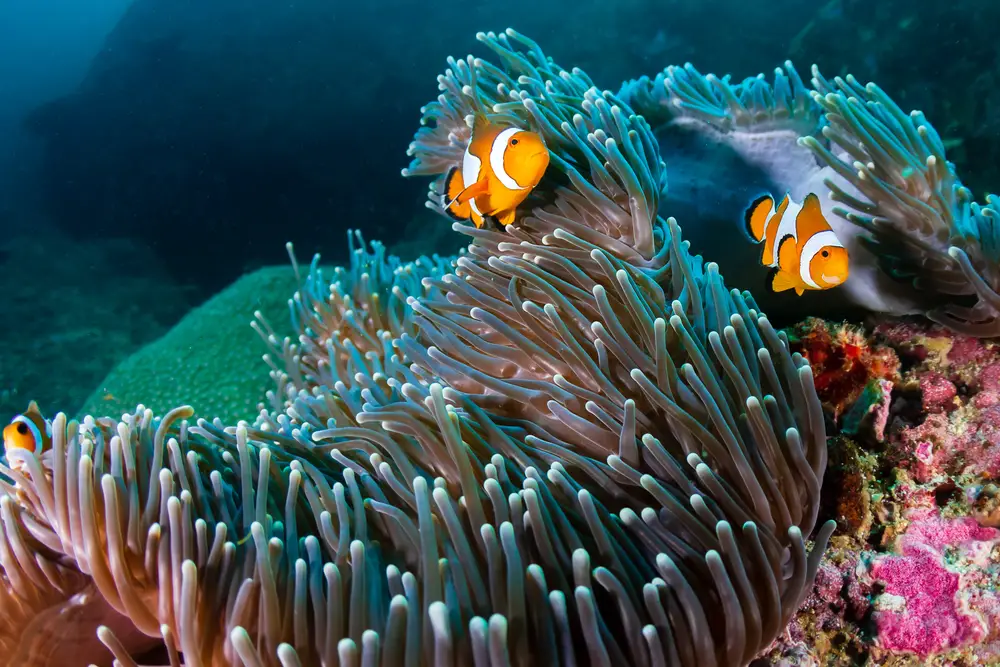
Sea anemones are often mistaken for plants due to their flower-like appearance, but they’re actually predatory animals. They belong to the same family as jellyfish and corals, and, like their relatives, they lack a brain. Instead, they rely on a simple nerve net to perform necessary functions like feeding and responding to environmental changes. This nerve net allows them to contract and expand their body, which is essential for capturing prey. Their tentacles contain specialized cells called cnidocytes that deliver venom to stun or kill their prey.
Despite their simplicity, sea anemones have complex relationships with other marine animals. For example, they often form mutualistic relationships with clownfish, offering them protection in exchange for food scraps. Sea anemones are also capable of cloning themselves through a process called fission, where they split and form new individuals. This ability to reproduce asexually contributes to their resilience and adaptation in various marine environments. Sea anemones showcase how simple organisms can thrive in the intricate web of ocean life.
5. Sponges
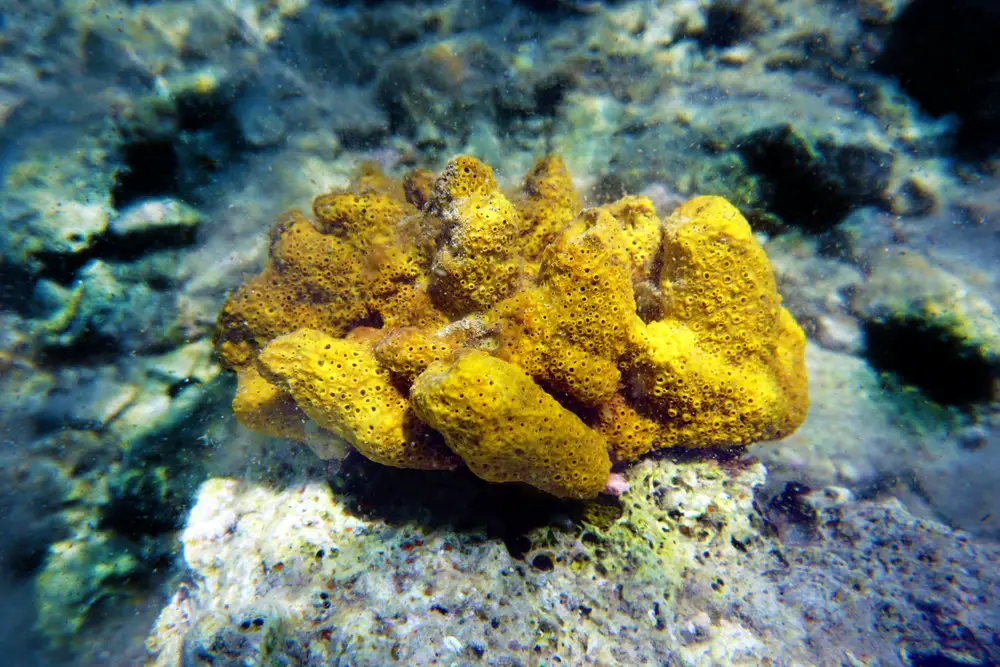
Sponges are some of the simplest multicellular organisms, lacking not just a brain but also tissues and organs. They belong to the phylum Porifera and function as filter feeders, drawing water in through their porous bodies to extract nutrients. According to research by Dr. Sally Leys, a marine biologist at the University of Alberta, sponges have been thriving for over 600 million years, partly due to their efficient feeding strategies and resilience. Sponges rely on a network of cells to perform various functions and maintain their structure.
These organisms are important to marine ecosystems, providing habitats for a variety of small creatures. Sponges also play a vital role in nutrient cycling by filtering large volumes of water and removing particles. Despite their simplicity, sponges can regenerate from fragments, allowing them to recover from damage and adapt to new environments. Their ability to thrive without a nervous system highlights the diverse survival strategies in nature. Sponges are a testament to how basic life forms can persist and adapt over millennia.
6. Sea Cucumbers

Sea cucumbers are strange, elongated creatures that inhabit the ocean floors around the world. They’re related to sea urchins and starfish and, like them, lack a centralized brain. Instead, sea cucumbers possess a simple nervous system that allows them to carry out basic functions such as locomotion and feeding. Remarkably, they can expel their internal organs as a defense mechanism against predators, later regenerating them. This unique ability is a testament to their adaptability and resilience.
Despite their simplicity, sea cucumbers play a crucial role in marine ecosystems by recycling nutrients and breaking down detritus. Their feeding habits contribute to the health of the ocean floor, making them vital to maintaining ecological balance. Sea cucumbers also exhibit a fascinating variety of reproduction methods, including both sexual and asexual reproduction. Their capacity to thrive in various environmental conditions reflects their evolutionary success. Sea cucumbers demonstrate that even the simplest creatures can have a significant impact on their ecosystems.
7. Flatworms
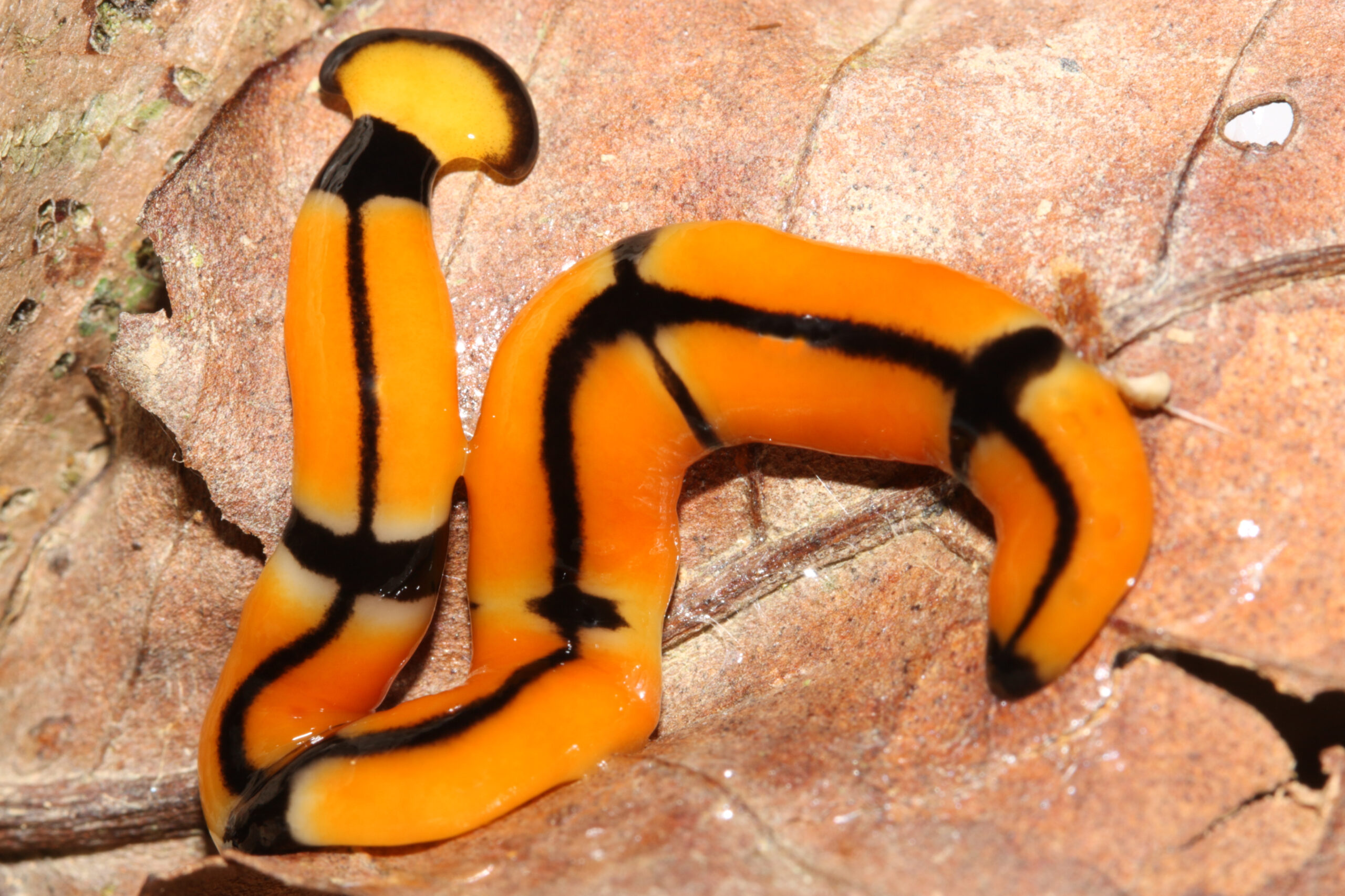
Flatworms are simple, bilateral creatures that can be found in a wide range of environments, from freshwater to marine and terrestrial habitats. They lack a centralized brain, instead possessing a simple network of nerve cells known as a nerve ladder. This primitive nervous system enables them to perform basic functions like movement and feeding. According to a study by Dr. Alejandro Sánchez Alvarado, a researcher at the Stowers Institute for Medical Research, flatworms have remarkable regenerative abilities, capable of regrowing entire bodies from small fragments. This regenerative capacity has made them a popular subject of study in developmental biology.
Flatworms are efficient hunters, using specialized structures called pharynxes to extract food from their environment. Their ability to thrive without a brain illustrates the power of simple biological systems in adapting to diverse environments. Flatworms serve as a reminder of the remarkable diversity in the animal kingdom, where even the simplest creatures exhibit complex behaviors and survival strategies. Their unique anatomy and capabilities continue to intrigue scientists and researchers worldwide.
8. Corals

Corals are fascinating marine organisms that form the backbone of some of the most diverse ecosystems on the planet. Despite their crucial role in marine life, corals are surprisingly simple in structure, lacking a brain and relying on a basic nerve net to function. They form symbiotic relationships with algae, which live within their tissues and provide them with essential nutrients through photosynthesis. This mutually beneficial relationship helps corals build massive reef structures that support countless marine species.
Corals reproduce both sexually and asexually, allowing them to adapt and thrive in various ocean environments. Their ability to form extensive reef structures contributes to the health and diversity of marine ecosystems, providing habitats for a wide range of marine life. Despite their simplicity, corals are highly sensitive to changes in their environment, including temperature and acidity, making them vulnerable to climate change. Their struggle for survival highlights the importance of preserving marine ecosystems and the delicate balance within them. Corals exemplify how even the simplest organisms can leave a significant mark on the world.
9. Cnidarians
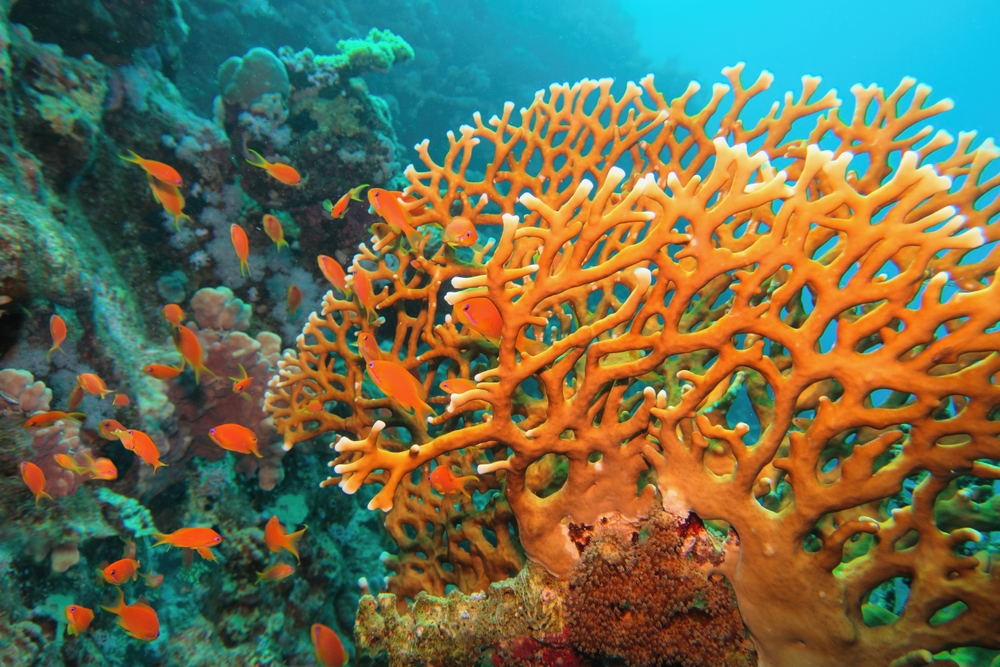
Cnidarians are a group of simple aquatic animals that include jellyfish, corals, and sea anemones. They lack a centralized brain, relying on a simple nerve net to coordinate their movements and responses to stimuli. This nerve net allows them to perform essential functions like hunting, feeding, and avoiding predators. Cnidarians have specialized cells called cnidocytes that contain nematocysts, used for capturing prey and self-defense. These features allow them to thrive in diverse marine environments.
The simplicity of cnidarians’ anatomy and physiology belies their ecological importance. They are key players in marine food webs, serving as prey for larger animals and as predators of smaller ones. Cnidarians have remarkable regenerative abilities, allowing them to recover from injury and adapt to changing conditions. Their unique traits and survival strategies make them fascinating subjects of study in evolutionary biology. Cnidarians exemplify the diverse ways in which life can adapt and thrive in the vast oceans of our planet.
10. Ascidians
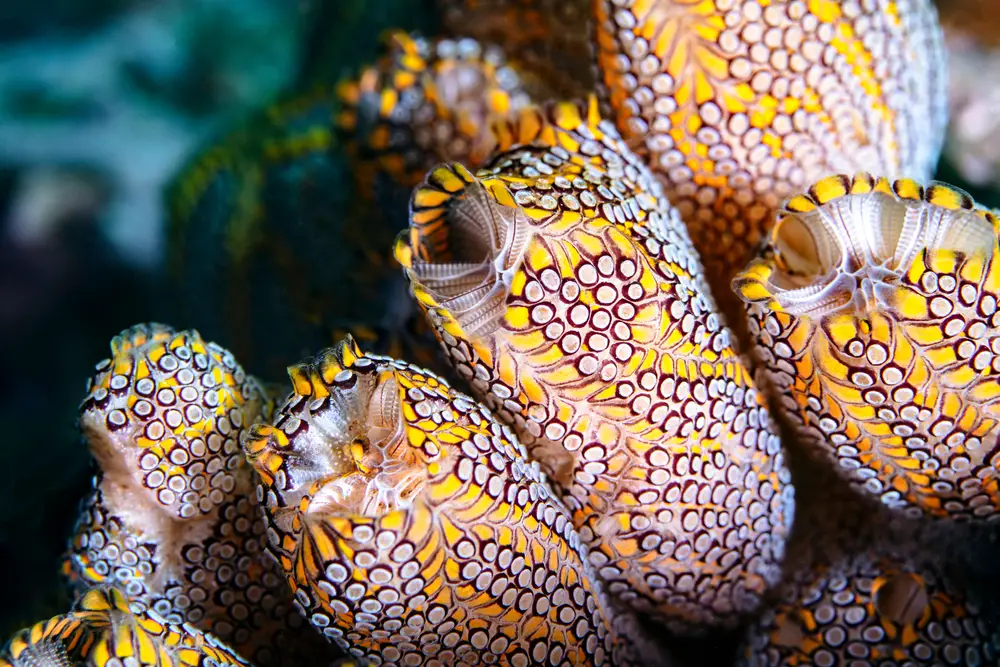
Ascidians, also known as sea squirts, are intriguing marine invertebrates that belong to the group of tunicates. These creatures begin life with a simple brain-like structure called a cerebral ganglion, but lose it as they mature into adults. The adult form relies on a basic nerve net to perform essential functions such as feeding and responding to environmental changes. Ascidians are filter feeders, using siphons to draw in water and extract nutrients.
These creatures are important members of marine ecosystems, playing a role in nutrient cycling and providing habitats for other marine organisms. Ascidians can reproduce both sexually and asexually, allowing them to adapt and thrive in various marine environments. Their ability to survive without a centralized brain highlights the diverse survival strategies in the animal kingdom. Their unique life cycle and adaptability make them a fascinating subject of study for researchers interested in evolutionary biology and development. Ascidians demonstrate that even the simplest creatures can have a significant impact on their ecosystems.
11. Bryozoans
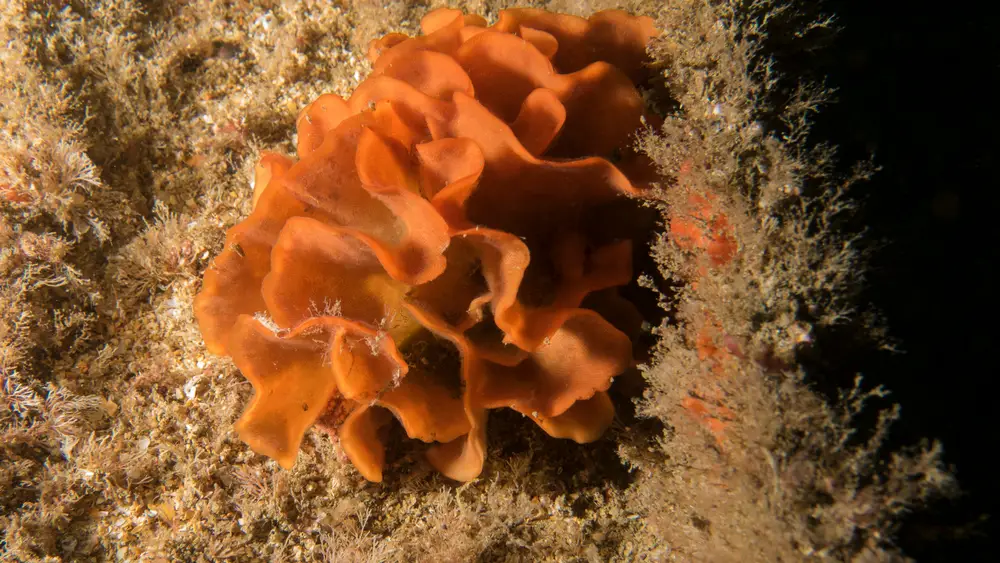
Bryozoans, also known as moss animals, are colonial invertebrates that form intricate and often beautiful colonies in marine and freshwater environments. They lack a centralized brain, relying instead on a simple nerve net to coordinate their activities. Each individual bryozoan, or zooid, functions as part of a larger colony, sharing resources and working together to feed and reproduce. This colonial structure allows them to thrive in a variety of habitats, from coral reefs to rocky shores.
Bryozoans play a significant role in aquatic ecosystems by filtering water and providing habitats for other marine organisms. Their colonies can form complex structures that offer protection and support to a variety of marine life. Despite their simple anatomy, bryozoans can reproduce both sexually and asexually, allowing them to adapt and thrive in changing environmental conditions. Their ability to survive and flourish without a centralized brain showcases the diversity of life in aquatic ecosystems. Bryozoans are a reminder of the intricate and interconnected nature of life in our oceans and freshwater habitats.
12. Planarians

Planarians are fascinating flatworms best known for their extraordinary regenerative abilities. These simple creatures lack a centralized brain, relying on a network of nerve cells to perform basic functions like movement and feeding. Despite their simplicity, planarians can regenerate entire bodies from small fragments, making them a popular subject of study in regenerative biology. Their ability to regrow lost body parts is attributed to a population of stem cells called neoblasts.
Planarians can be found in a variety of environments, from freshwater to terrestrial habitats, and are efficient hunters of small invertebrates. They can reproduce both sexually and asexually, allowing them to adapt and thrive in diverse conditions. Their ability to regenerate and adapt to different environments makes them a remarkable example of nature’s resilience. Planarians demonstrate the power of simple biological systems to overcome challenges and thrive in the natural world. Their unique capabilities continue to intrigue scientists and researchers worldwide.
13. Rotifers
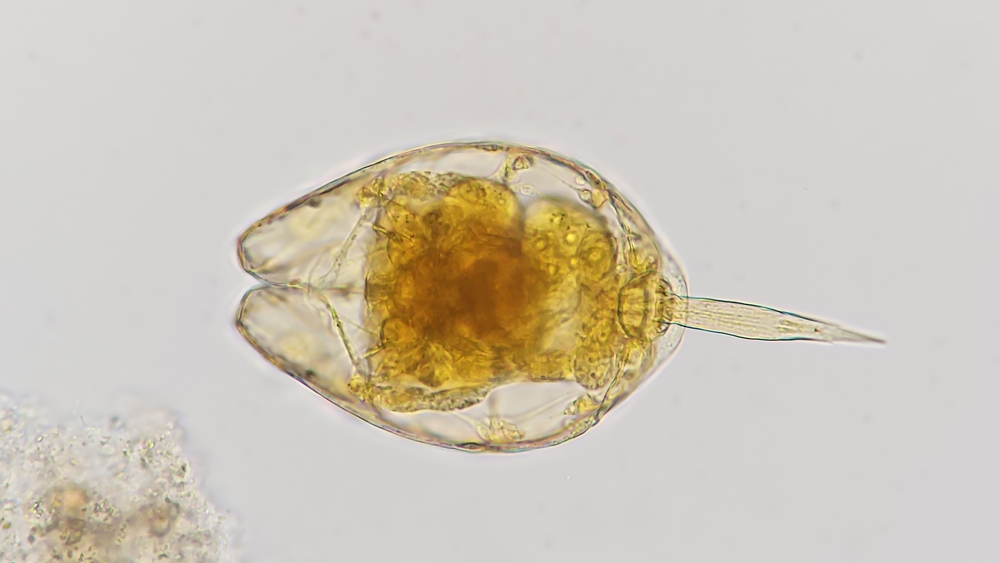
Rotifers are microscopic aquatic animals that inhabit a wide range of environments, from freshwater lakes to saltwater marshes. These tiny creatures lack a centralized brain, instead relying on a simple nervous system to coordinate their movements and responses to stimuli. Rotifers have a unique feeding apparatus called a corona, which they use to create currents and capture food particles. Despite their simplicity, rotifers play a crucial role in aquatic ecosystems by contributing to nutrient cycling and serving as prey for larger organisms.
Rotifers exhibit a fascinating diversity of reproductive strategies, including parthenogenesis, where females produce offspring without fertilization. This ability to reproduce asexually allows them to rapidly colonize new environments and adapt to changing conditions. Their resilience and adaptability make them an important component of aquatic food webs. Rotifers exemplify the diverse ways in which simple organisms can thrive and contribute to the health of ecosystems. Their unique biology and ecological importance continue to be a subject of interest for researchers and scientists alike.
